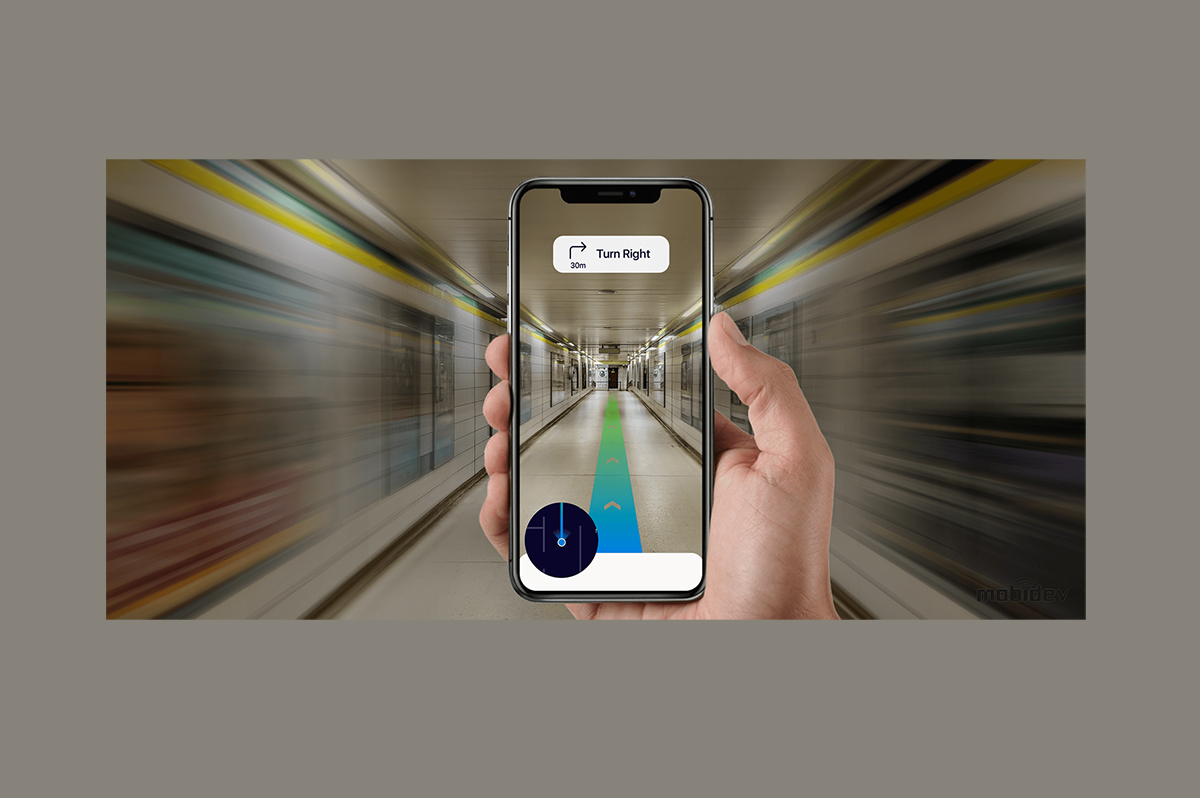
Maxie Carpenter Challenges Nonprofits to Self-Navigate
March 6, 2020
Coronavirus Nonprofits – Be Informed – The Facts You Need
March 8, 2020Silent Auctions: What to Remember Day-Of
Silent auctions are a popular and effective fundraising event for nonprofits. However, that doesn’t mean that these events are easy to pull off! There are many moving parts to juggle in the quest to make sure you’re raising maximum funds and providing a great experience for attendees.
After you’ve planned your auction event, there’s still the actual hosting part. We’re going to break down the day-of silent auction execution, highlighting what you need at each point of the event. We’ll make pit stops at the following points:
- Guest arrival.
- Start of the auction.
- End of bidding.
- Checkout.
- Post-Event.
If this is your very first silent auction, our more comprehensive silent auction planning guide might be a helpful next resource to share with your team. With that, let’s get started!
1. Guest arrival.
There are a few factors to iron out as guests arrive.
Allow guests to pre-register and/or purchase tickets ahead of the event. As guests arrive, create two lines— one for pre-registered guests and one to register at the door. Be sure to staff the at-the-door line with more volunteers. This will speed up the process for everyone involved.
Further, encourage guests to pre-register their payment information online before the event. This drastically reduces checkout lines, creating a seamless guest experience and improving post-event reconciliation.
When they enter, give guests time to peruse auction tables and items before opening bidding. This is especially important if you’re not providing an online auction catalog prior to the event.
2. Start of the auction.
There are a few key terms to remember once bidding opens and the auction officially begins:
- Minimum starting bid: This is the lowest amount that the first bidder can bid on an item, usually set at 30-50% of the market value.
- Minimum raise: To be the highest bidder, each consecutive bidder must top the previous by at least the minimum raise amount. This is usually 10-15% of the market value. Learn more with this guide to auction item pricing.
- Buy now items: These are items that guests can purchase on-the-spot rather than bidding for them.
Outline parameters for each item and communicate them to bidders. Tent cards are the classic choice and are definitely worth using, but remove any room for mix-ups by including a digital catalog, as well.
Further, consider using silent auction software and mobile bidding to automatically inform guests when they’ve been outbid, and incorporate scoreboards to add a fun competitive element to the event.
3. End of bidding.
End bidding either manually or automatically, depending on whether you’re working with auction management software. Stagger out the final announcements to keep the momentum up, and definitely avoid closing every item at the same time.
Don’t schedule any other event activities during the final moments of bidding. Ensure guests’ undivided attention is on the auction and that they can place their last bids without distraction.
Further, ensure guests are well aware of when bidding is about to end. Announce that bidding is closing 5-10 minutes in advance, and then announce the closing. If you’re using silent auction software, send notifications corresponding to the announcements.
4. Checkout.
Checkout is a stressful moment for any charity auction. Each item won needs to be paid for and distributed to its winner, and receipts, payments and invoices need to be quickly tabulated. As time goes on after your auction closes, so does the risk of long checkout lines.
Simplify the checkout process with these sure-fire techniques:
- Mobile bidding checkout. Skip the checkout lines entirely. Guests can checkout automatically upon winning an item simply using their smartphones.
- Physical checkout booth. Include a physical checkout booth for guests who choose not to use mobile bidding options. Make sure this booth is well-staffed with volunteers and staffers and prepared to accept card, cash and check payments.
- Item pick-up area. Designate a separate pick-up area for guests to collect their items, away from the main auction floor. This prevents a backup in the main auction space.
Checkout can quickly become a headache, so it’s crucial that you remember to plan for this point ahead of time.
5. Post-Event.
After the event, remember to thank everyone involved for their participation!
This includes your nonprofit’s staffers, dedicated volunteers, item donors, event sponsors and guests. At the end of the day, this was a fundraising event for your nonprofit — so you should follow all of the same best practices for thanking participants as you would any other nonprofit donor. Effective communications are a crucial donor retention strategy!
Store all of the data from your auction in your nonprofit’s CRM. It can provide valuable insights on your donor base and inform any fundraising events you hold going forward, whether an auction or not!
Successfully executing a silent auction can be a challenging, but worthwhile, task. By remembering the considerations outlined above, you’ll be well-positioned to host a successful silent auction that goes off without a hitch.
Author Bio:
Kelly Velasquez-Hague brings over 20 years of fundraising, nonprofit management, and sales/marketing experience to her role as the Director of Content Marketing for OneCause. As a member of the OneCause sales and marketing team, Kelly manages all of the company’s content strategy and execution. She is passionate about empowering great missions and loves that her current role allows her to continue to help nonprofits reach new donors raise more funds for their cause.
The post Silent Auctions: What to Remember Day-Of appeared first on Nonprofit Hub.
